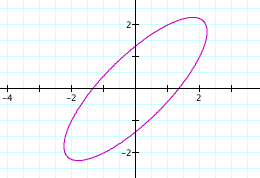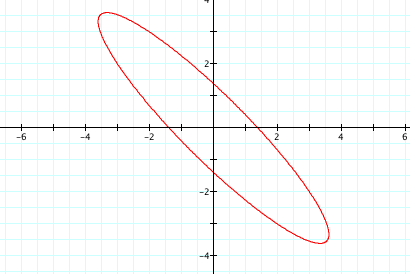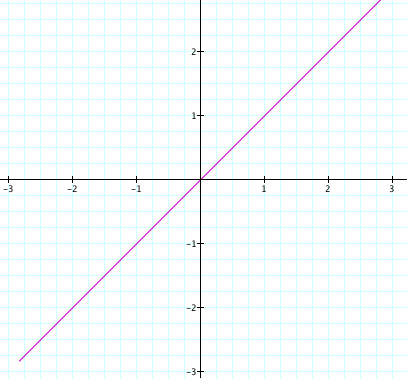
Parametric Equations: Investigations of Ellipses
(Outline of a Lesson Plan)
by Margaret Morgan
![]()

Now, let's suppose we want to change our circle. Say, we want a circle with radius 4. How can we change our equations so that our graph will become a circle with center (0,0) and radius 4?
(Based on previous graphing experience, I would hope that the class would suggest multiplying and then we could explore what happens when we multiply the t by a constant and what happens when we multiply the trig function by a constant. Initially, I would consider the case where a = b with the students.)
![]()
A good starting point might be to let both a and b = 4. When we do, our graph looks like this:

Why is our graph unchanged by multiplying t by 4 in each equation?
(Hopefully, this question will lead to a discussion of the fact that multiplying t by 4 in each equation just takes around the circle "faster")
Since multiplying t by a constant didn't work, let's try giving the trig functions a coefficient?
![]()
What happens if multiply each of the trig functions by 4? a = b = 4
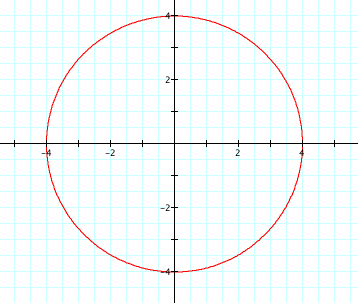
Why did multiplying the trig functions by 4 work?
(Hopefully this question will lead to a discussion of how this "stretches" the graph. I will eventually focus on the point where we cross the axes and see that what we multiply cos t by gives us the points where we cross the x-axis and what we multiply sin t by gives us the points where we cross the y-axis.)
What do you think will happen if a does not equal b? Will we still get a circle? If not, what shape will our graph have?
![]()
(In class, I would let the students generate values of a and b to explore, being sure that we had examples of both a<b and a>b. But, for this write-up, lets look at a = 3 and b = 5)
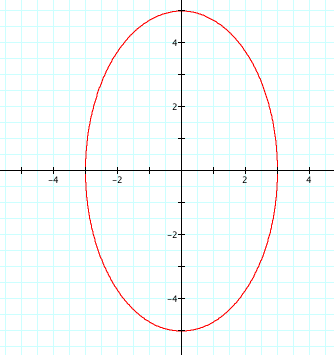
Why do we now have an ellipse instead of a circle now?
(Hopefully, this will lead to a discussion of the fact that we are now "stretching" the graph differently in the horizontal and vertical directions. After many examples, I would like for students to conclude that if a > b, the major axis of the ellipse will be horizontal and that if b > a, the major axis will be vertical. I would also like for them to notice that we have not yet changed the "center" of the figure. That in each case, the major and minor axis intersect at (0,0).)
So, now we have figured out how to alter our graph to create a circle with a particular radius and how to create ellipses with axes of certain lengths. When we looked at the equations below where a and b were equal we just got our original circle. Do you think this will still be the case if a and b are not equal?
![]()




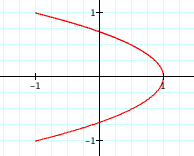
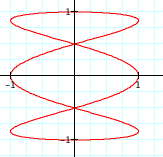
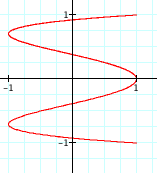




Finally, let's explore the following parametric equations:
![]()
How do these equations relate to the equations we were just exploring?
(Hopefully, they will notice that if h = 0, we have the equations we were just working with!)
How do you think the changes to the equations will affect the graph?
(I would expect them to suspect some type of translation because of the addition. I attempt to begin examples where we do not have a = b = h or even a = b. I would like them to first make a connection between h and the slope of the major axis of an ellipse. We would look at several examples, but one is below)
